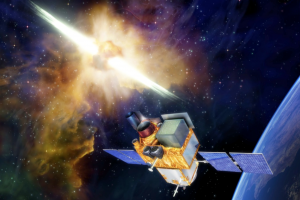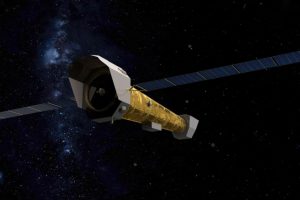SVOM/ECLAIRs space instrument will pave the way to a deeper understanding of ultra-long gamma-ray bursts

ECLAIRs is the main instrument of the SVOM space mission that will be launched in June 2022. A Franco-Chinese mission developed in partnership with the CNES, the CEA and the CNRS, one of the main subjects of which is the study of gamma-ray bursts. This result looks at the role that ECLAIRs could play in the detection of ultra-long gamma-ray […]
» Read more



